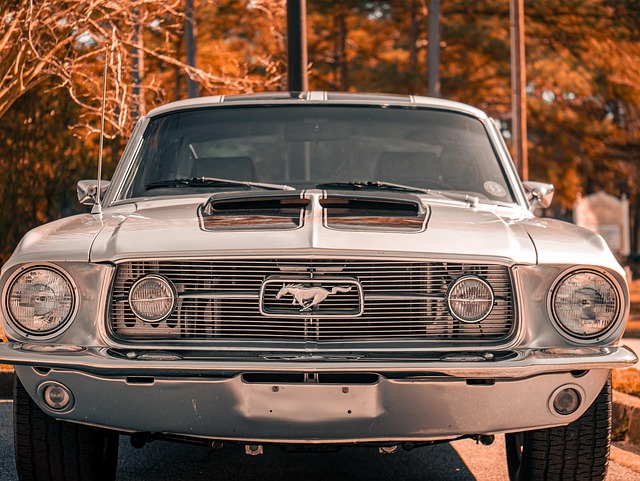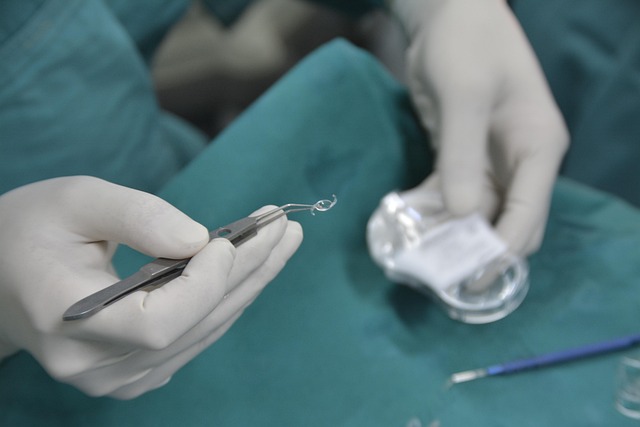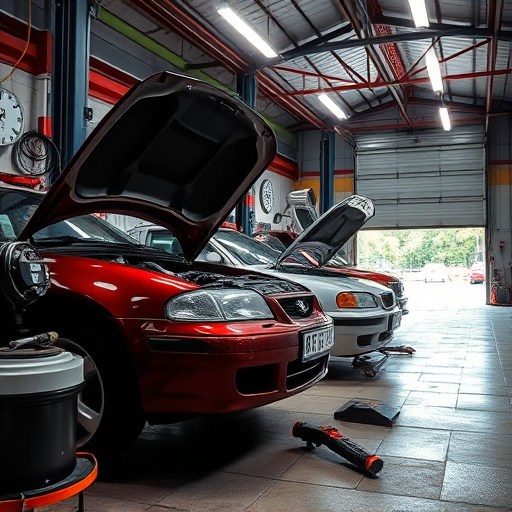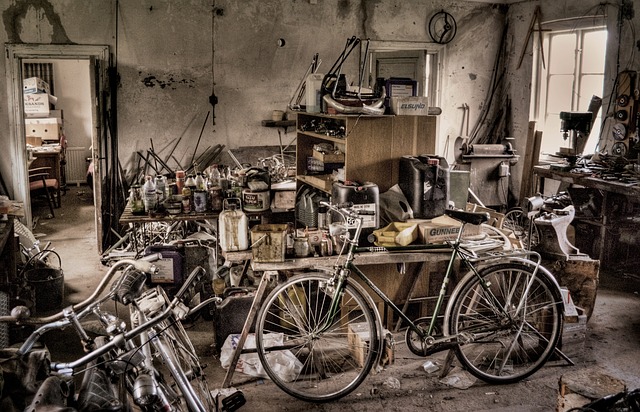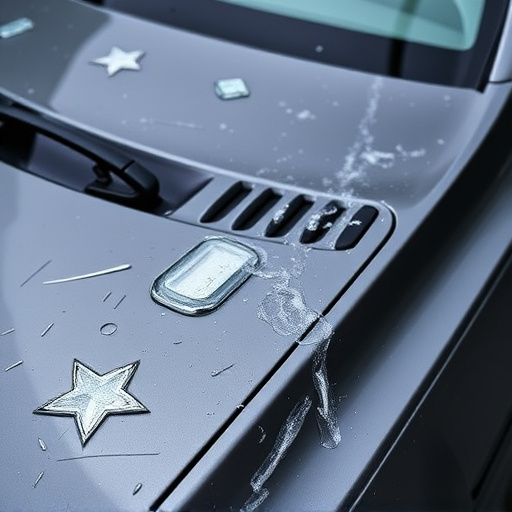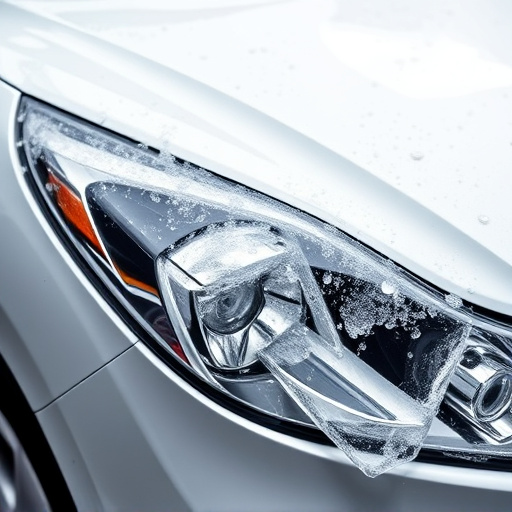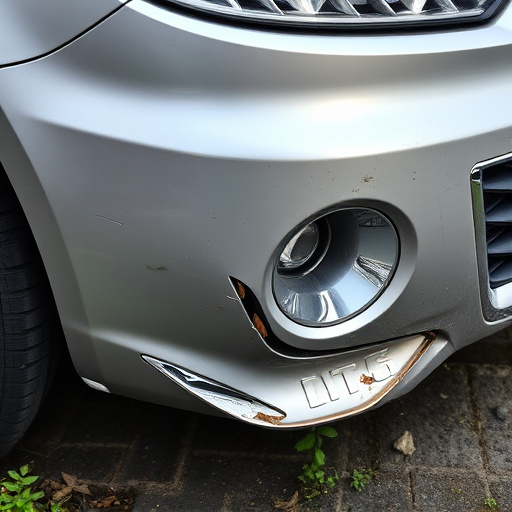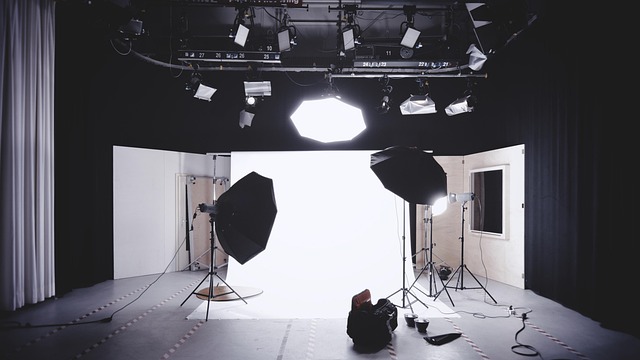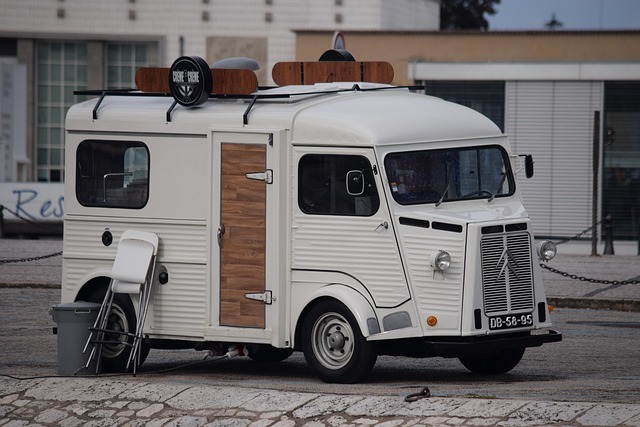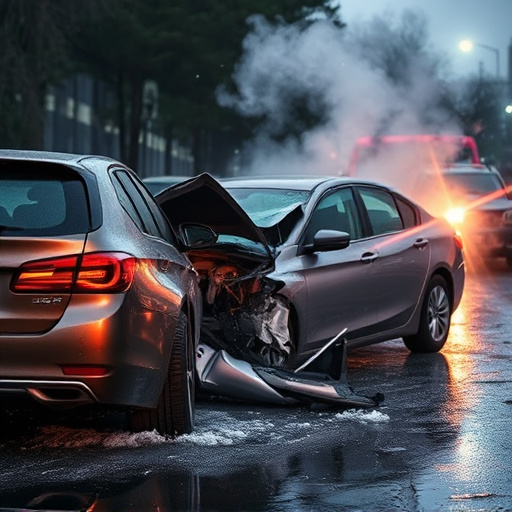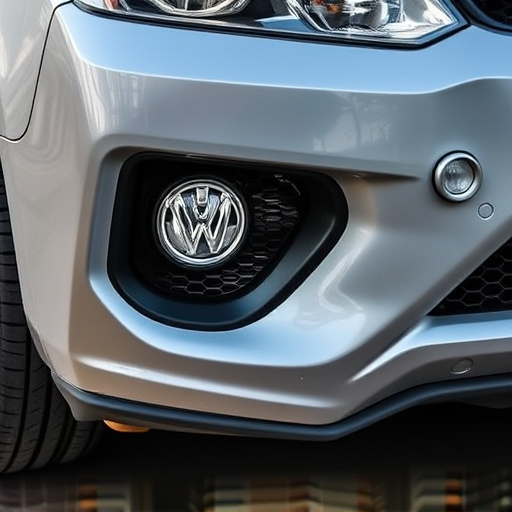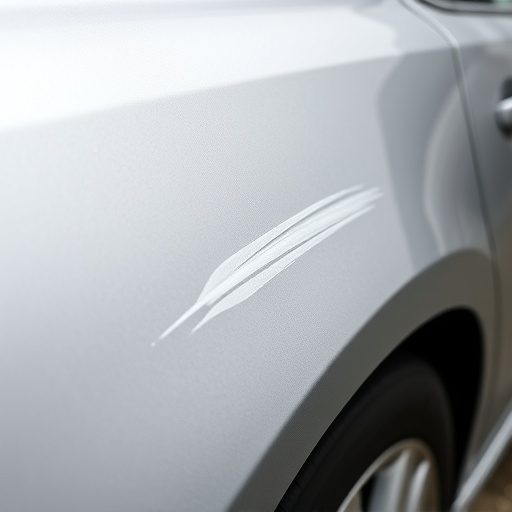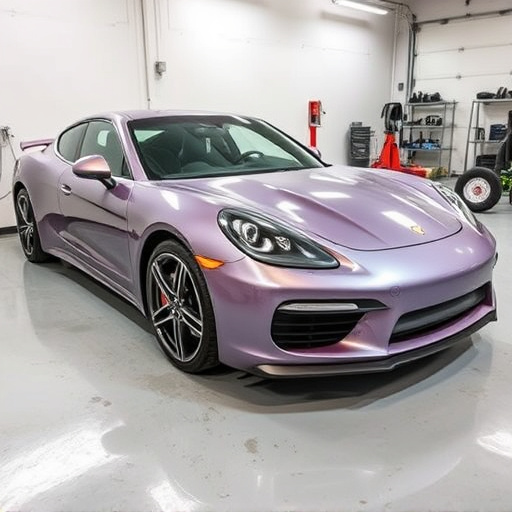Digital paint matching, leveraging CAD software, spectral analyzers, and 3D scanning, transforms auto body services with precise color duplication. This technology, exceeding traditional painting, ensures seamless repairs for dent repair or complex collisions by combining scientific accuracy and human expertise. A meticulous process involving surface preparation, primers, base coats, and careful application achieves factory-like finishes, revolutionizing collision centers and personalized vehicle restoration.
In the realm of modern design, digital paint matching is a game-changer. This technology allows designers to precisely replicate colors and textures, fostering creativity and efficiency. Our article breaks down the essentials of digital paint matching, exploring the basics, from understanding color codes to identifying hues accurately. We delve into the tools and technologies that ensure precise matches and share best practices for achieving outstanding results in your projects. Get ready to revolutionize your design workflow with this innovative technique.
- Understanding Digital Paint Matching: The Basics
- Tools and Technologies for Accurate Matching
- Best Practices for Achieving Top-Notch Results
Understanding Digital Paint Matching: The Basics

Digital paint matching is a precision process that has transformed auto body services and vehicle collision repair. It involves using advanced technology to analyze and duplicate the exact color and finish of a vehicle’s original paint job, ensuring a seamless and invisible repair after a dent or collision. This method goes beyond traditional painting techniques by employing digital tools to capture the unique spectral properties of the existing paint, providing an accurate match across brands and models.
Whether it’s for vehicle dent repair or more complex collision scenarios, understanding digital paint matching is crucial. The process begins with specialized equipment that scans the damaged area, breaking down the color into its component parts. This data is then fed into a computer system designed to replicate the original paint formula, allowing technicians to mix the exact shade required. By combining scientific precision and human expertise, digital paint matching offers a game-changer in auto body services, ensuring vehicles not only look as good as new but also retain their original factory finishes.
Tools and Technologies for Accurate Matching
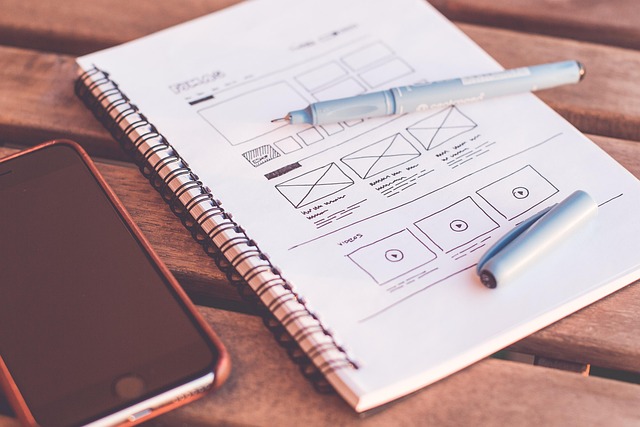
In the realm of digital paint matching, a multitude of tools and technologies have emerged to aid in achieving precise results during vehicle collision repairs or automotive restoration projects. These innovations leverage advanced algorithms, high-resolution imaging, and sophisticated color analysis to ensure accurate color matching for various surfaces, from metal bodies to intricate plastic components.
Among the game changers are computer-aided design (CAD) software, which allows professionals to digitally capture and match colors with remarkable accuracy, and spectral analyzers that measure light absorption across a range of wavelengths, providing precise color data. Additionally, 3D scanning technologies offer detailed surface maps, enabling more nuanced matching for complex shapes and contours often found in modern vehicles. These advanced solutions streamline the process of digital paint matching, ensuring that collision centers deliver top-notch results in automotive collision repair or personalized vehicle restoration endeavors.
Best Practices for Achieving Top-Notch Results
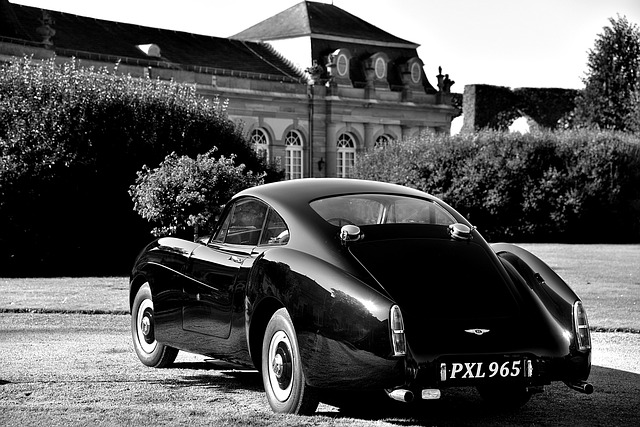
Achieving top-notch results with digital paint matching requires a meticulous approach. First, start by preparing the surface thoroughly; this includes sanding and cleaning to ensure an even application. Using high-quality primers and base coats is essential for creating a solid foundation, which will result in precise color matches when applying the digital paint.
For optimal outcomes, practice patience and precision during the painting process. Digital paint matching demands attention to detail, especially when dealing with intricate designs or curves found on vehicles like Mercedes Benz repair. Regularly check your work using reference images from auto body repair shops or collision centers to ensure accuracy. This back-and-forth between preparation, application, and verification is key to achieving flawless digital paint jobs.
Digital paint matching is a powerful tool in the modern design arsenal, offering precise color accuracy and efficient workflow enhancements. By understanding the fundamentals, investing in the right technologies, and adhering to best practices, professionals can achieve exceptional results in their projects. Whether for graphic design, interior planning, or industrial applications, mastering digital paint matching ensures visuals align perfectly with physical outcomes, streamlining processes and elevating overall quality.
